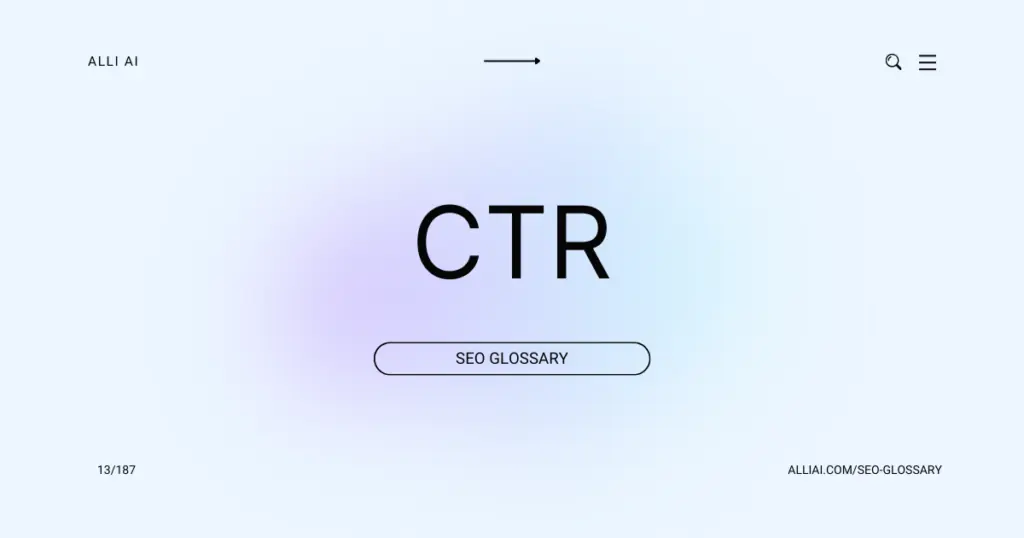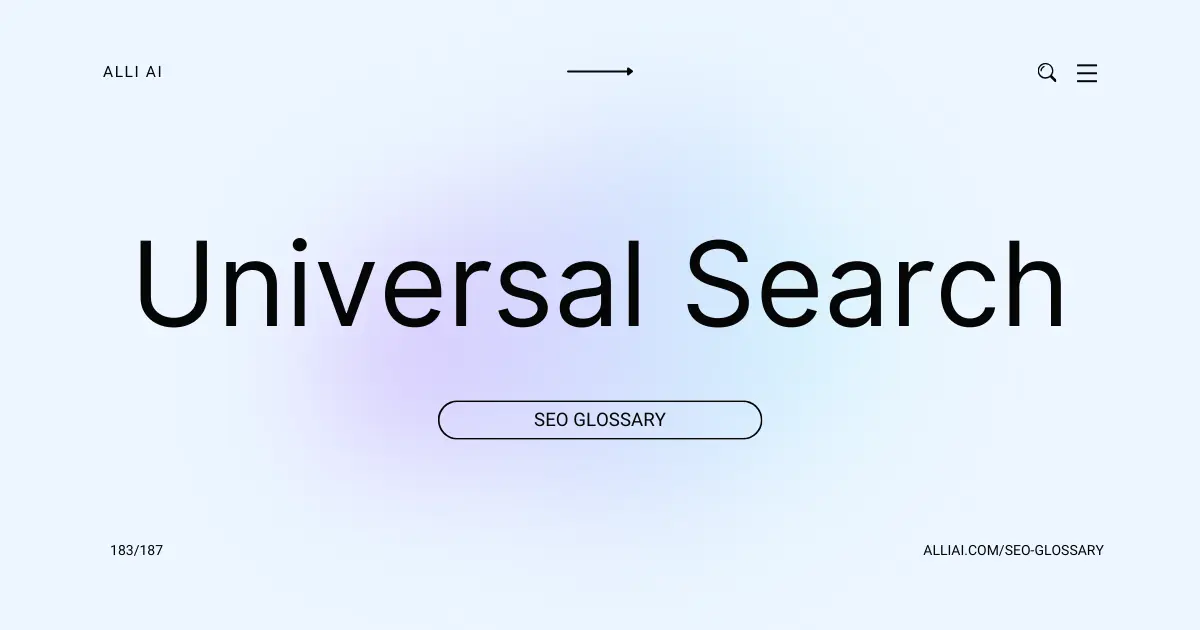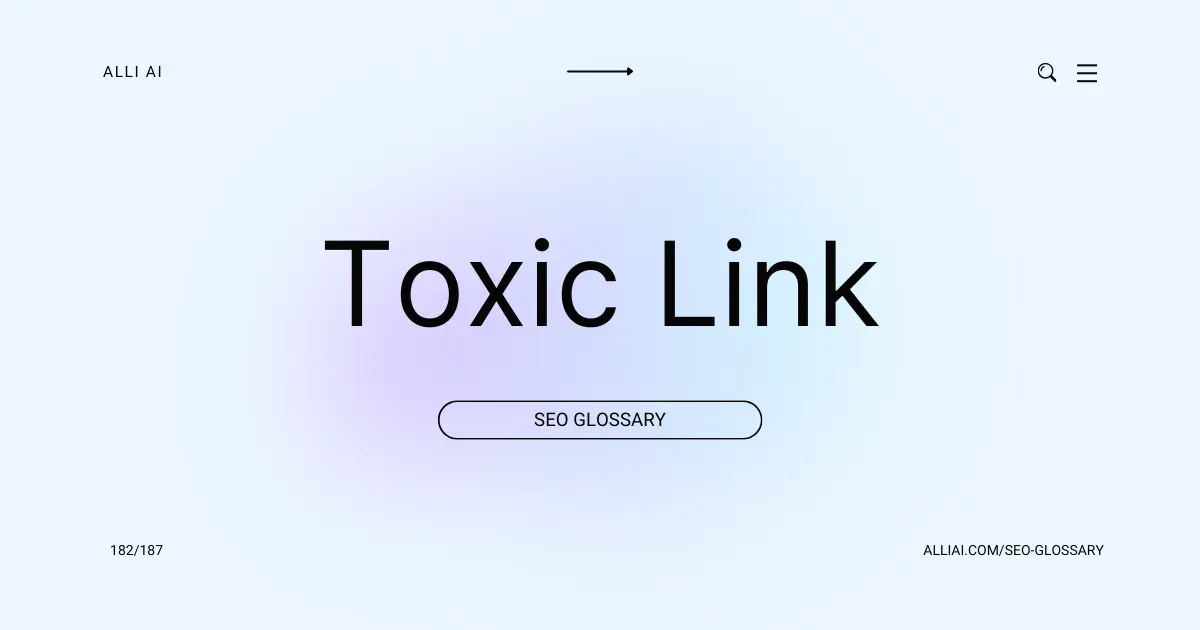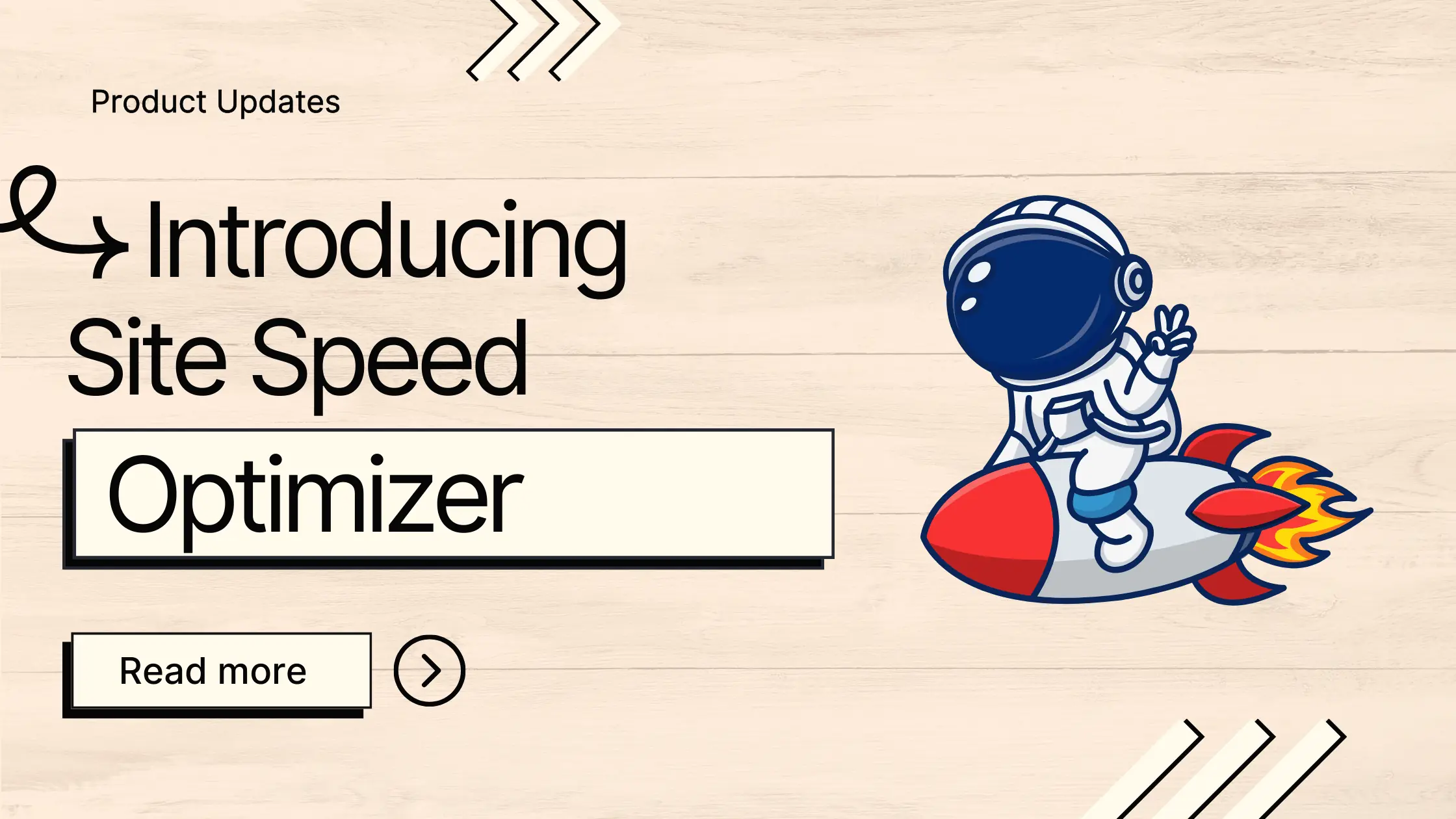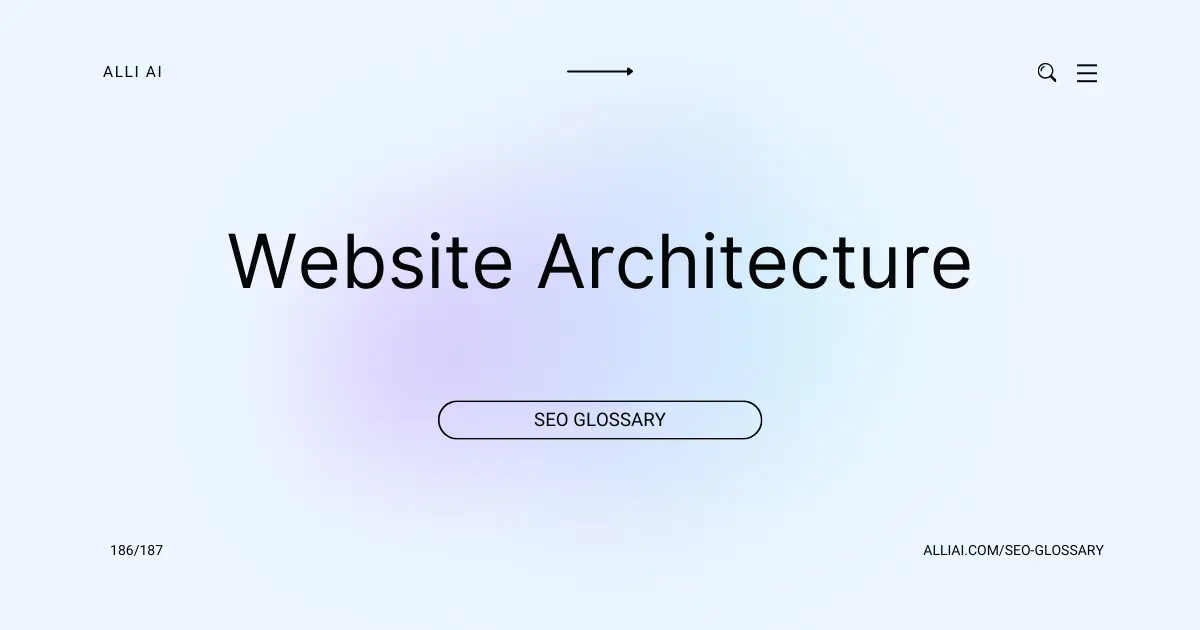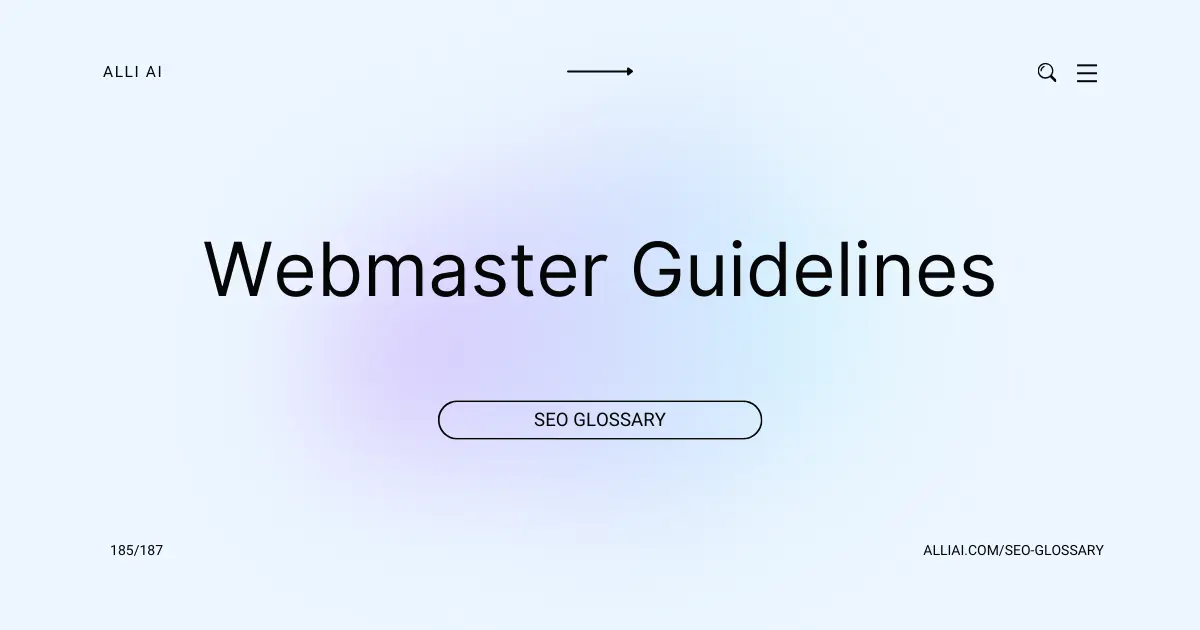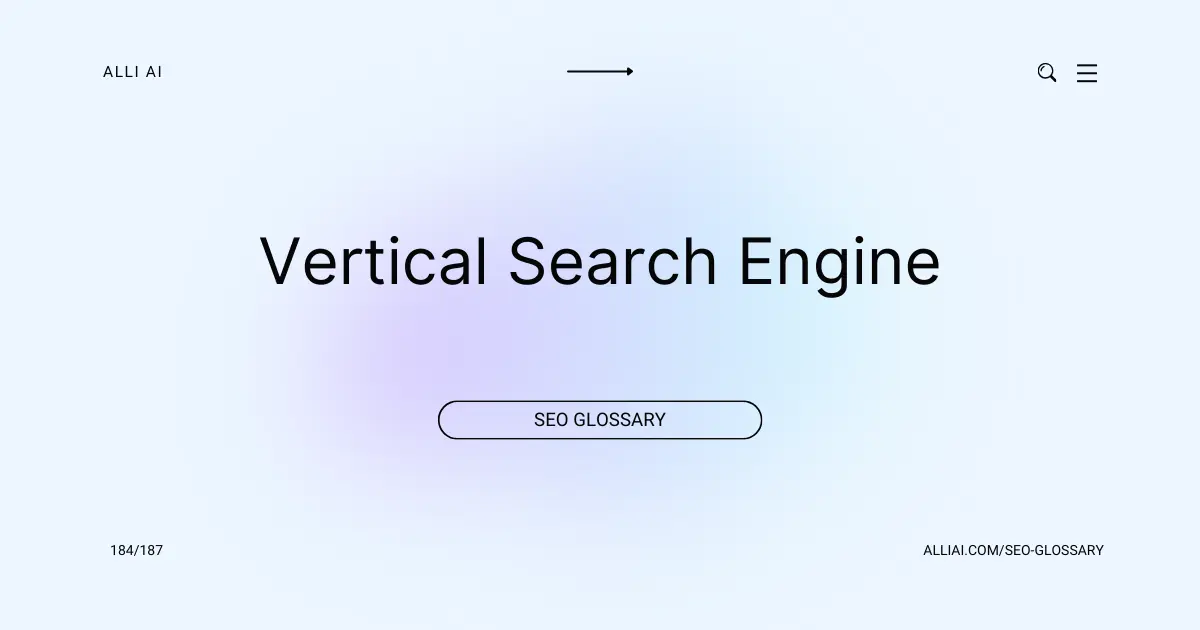What Does Click-Through Rate (CTR) Mean?
Click-Through Rate (CTR) is the percentage of people who click on a link or ad after seeing it. It’s used to measure how effective the link or ad was at catching people’s attention and encouraging them to take action.
Where Does Click-Through Rate (CTR) Fit Into The Broader SEO Landscape?
Click-Through Rate (CTR) is a key metric in SEO used to measure the success of an organic search result by calculating the percentage of users who click on a specific link compared to the total number of users who view a page (impressions). High CTR indicates that a search result is relevant and appealing to users, signaling to search engines like Google that the content might be useful for similar queries, potentially leading to improvements in search rankings. CTR can, therefore, directly influence the organic traffic a website receives from search engines. Additionally, tracking changes in CTR can help SEO specialists understand user behavior and refine their SEO strategies, such as optimizing meta titles and descriptions to increase relevance and attractiveness of the listings.
Real Life Analogies or Metaphors to Explain Click-Through Rate (CTR)
1. Click-Through Rate (CTR) as a Fishing Expedition: Imagine you’re a fisherman, and your ads are your fishing lines cast into the vast ocean of the internet. The bait on your hook is the enticing ad copy and visuals you use. Every time a fish (viewer) bites, meaning they click on your ad, it counts towards your success rate. The CTR would then measure how many fish bit your bait compared to how many saw it without biting.
2. CTR as a Billboard by a Busy Road: Picture a billboard on a busy highway. Thousands of cars drive by it every hour, but only a few drivers will actually notice and remember the ad on the billboard. If we think of each car as a viewer, the CTR would tell you how many of the drivers not only noticed your billboard but also took an exit to follow up, akin to clicking on an ad link.
3. CTR as a Door-to-Door Salesman: Envision a door-to-door salesman who knocks on a hundred doors (the impressions) but only ten people open the door to listen to him (the clicks). This interaction rate, or how many doors opened out of those approached, embodies the CTR, showcasing the effectiveness of the salesman’s pitch.
How the Click-Through Rate (CTR) Functions or is Implemented?
1. Definition of CTR: Click-through rate (CTR) is calculated by dividing the number of clicks on a specific link or advertisement by the number of times that ad or link was shown (impressions), expressed as a percentage.
2. Implementation in Digital Marketing:
– Ad Platforms (Google Ads, Facebook Ads, etc.): These platforms track the number of impressions and clicks any given advertisement receives. The CTR is calculated automatically.
– SEO and SERP Listings: For organic listings, Google Analytics and other tools calculate CTR based on impressions shown in search results and the number of resulting clicks on the link.
– Email Marketing: Email service providers track the number of emails successfully delivered and how many times a link within the email was clicked.
3. Calculation:
– Formula: ( text{CTR} = left( frac{text{Number of Clicks}}{text{Number of Impressions}} right) times 100 )
4. Usage:
– Optimizing ads, web pages, and emails by adjusting the content or presentation based on CTR.
– A/B testing different versions of content to see which generates a higher CTR.
Impact Click-Through Rate (CTR) has on SEO
Click-Through Rate (CTR) impacts SEO performance by influencing how search engines understand the relevance and value of a website to user queries. A high CTR indicates to search engines that a page is valuable to users, potentially leading to improved rankings. Conversely, a low CTR might suggest that the page isn’t meeting users’ needs, which could lead to lower rankings. For user experience, a high CTR reflects effective title tag and meta description optimization, aligning expectations from search results with actual content, thereby enhancing user satisfaction and engagement.
SEO Best Practices For Click-Through Rate (CTR)
1. Conduct keyword research to identify high-value keywords relevant to your content, using tools like Google Keyword Planner, SEMrush, or Ahrefs.
2. Include the target keywords naturally in SEO title tags. Ensure the title is enticing and relevant to the content, ideally within 50-60 characters to avoid truncation in search results.
3. Craft compelling meta descriptions for each page, incorporating primary keywords. Keep the description under 160 characters and ensure it accurately summarizes the page content while encouraging clicks.
4. Use structured data (schema markup) to help search engines understand the content of your pages and enhance rich snippets (e.g., reviews, ratings) which can improve visibility and CTR.
5. Optimize URLs to be short, descriptive, and include relevant keywords. Avoid complex strings and ensure they are easy to read by both humans and search engines.
6. Improve the content’s readability and engagement by using headers (H1, H2, etc.) effectively, incorporating multimedia (images, videos), and breaking text into manageable paragraphs.
7. Continually update and refresh old content to remain relevant and competitive in search rankings, addressing outdated information and enhancing clarity.
8. Test different title and description combinations using A/B testing tools to determine which variants drive the highest CTR.
9. Monitor page performance through Google Analytics and Search Console to track CTR and make adjustments based on data-driven insights.
10. Build high-quality backlinks from reputable sites to boost page authority, which can positively impact rankings and CTR.
Common Mistakes To Avoid
1. Ignoring Meta Descriptions and Title Tags:
– Optimize these elements for relevance and attractiveness to improve CTR. Ensure they contain target keywords and accurately reflect the page content.
2. Not Using Structured Data:
– Implement schema markup to enhance search result listings with rich snippets like ratings, prices, and availability to stand out and attract clicks.
3. Failing to Optimize for Mobile:
– Ensure your website is mobile-friendly. Mobile users have different usage patterns, and Google indexes mobile versions of websites first.
4. Overlooking User Intent:
– Tailor content and keywords to match the specific intent behind search queries. Utilize long-tail keywords that align closely with the user’s intent.
5. Neglecting A/B Testing:
– Regularly test variations of your titles, meta descriptions, and even landing pages to find the best performers in terms of CTR.
6. Not Updating Content:
– Regularly update content to stay relevant and competitive in search rankings, as outdated content tends to drop in ranking and subsequently in CTR.
7. Poor Keyword Optimization:
– Avoid stuffing keywords and focus on using relevant and contextually appropriate keywords that help improve both ranking and CTR.
8. Ignoring Analytics and User Feedback:
– Regularly review analytics to understand how users interact with your site and refine strategies based on actual performance data.
9. Focusing Solely on CTR:
– Remember that CTR is just one metric. High CTR with low conversion rates is unproductive. Aim for a balance between attracting clicks and converting visitors.
